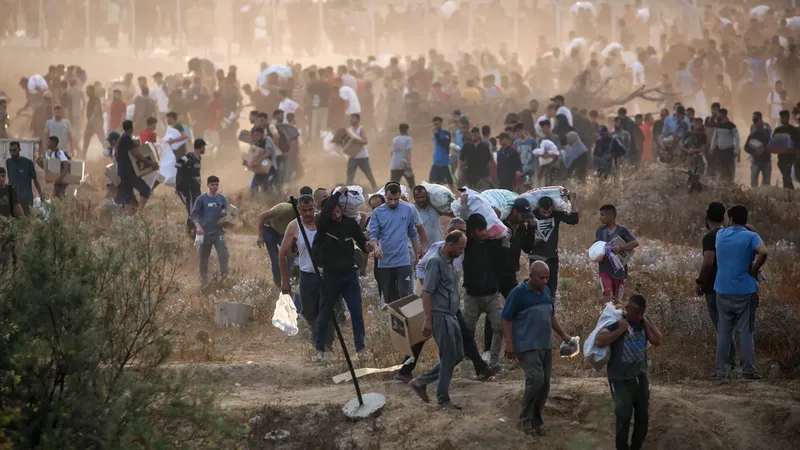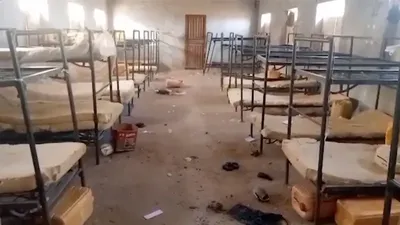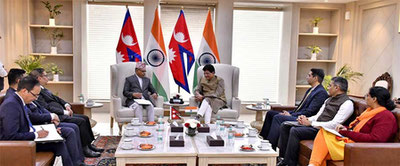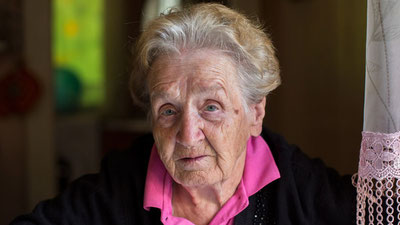On Monday in the Gaza Strip, Palestinians hoping to receive humanitarian aid in the Tal al-Sultan area were shot at again. However, this time, witnesses reported that the shootings were carried out not only by Israeli military personnel but also by unidentified armed locals.
According to the Ministry of Health under Hamas's administration in Gaza, the incident resulted in at least 6 people killed and 99 others injured, at various degrees, all in areas designated for the distribution of humanitarian aid.
What did Israel say?
The Israel Defense Forces (IDF) have stated that an investigation into the incident is underway. They have admitted to shooting at "suspected individuals who did not heed warning shots and approached" in similar situations before, but denied targeting "peaceful civilians coming to receive aid."
New danger: armed unknown individuals
The most worrying aspect of the Tal al-Sultan incident, according to witnesses, is that this time among those who opened fire were individuals with faces covered, dressed in civilian clothing, armed locals. They fired at people who had come to receive food assistance distributed by the Gaza Humanitarian Fund (GHF).
Hisham Said Salem, one of the civilians who went to receive aid, told "BBC Arabic" in an interview:
"At first, we thought they were young volunteers helping with the distribution. But suddenly, they started shooting at us. Even those who were taking out the aid boxes became targets. We still don't know who they are, but they even took advantage of the chaos to snatch aid boxes from some of us."
Another witness, Muhammad Sakut, mentioned seeing several people getting killed right in front of him and added:
"Previously, we used to see shootings only from Israeli soldiers. Today, we are surprised to see militias, gangs existing."
What does GHF say?
GHF – an organization funded by the USA and Israel – stated that this time the center in the Tal al-Sultan area did not open, but the distribution of aid in two other centers located in the Rafah district of Saudi and the center of Wadi Gaza were "successful."
Despite that, the organization admitted in a social media post that the Tal al-Sultan center was closed due to "mass disorder."
John Akre, the acting executive director of GHF, said the organization distributed over 11 million units of food in two weeks and emphasized that there was "no serious incident or injury" during this process.
However, the Gaza Health Ministry records during this period a total of 127 people killed and 1,287 injured in humanitarian aid areas.
Why did the UN and other organizations opt out of this system?
The UN and international aid organizations have refused to participate in GHF's activities. They emphasize that this system contradicts the international humanitarian principles of neutrality, impartiality, and independence. Their concern: aid is becoming a political tool.
It's worth noting that 2.1 million residents in Gaza are on the brink of starvation. For them, aid is a matter of life and death. But today, going to aid stations is not a guarantee of survival. Shootings, groups acting unpredictably, and instability bring to the forefront the most pressing question in Gaza:
Whose hands is the aid in and who is controlling this aid?






